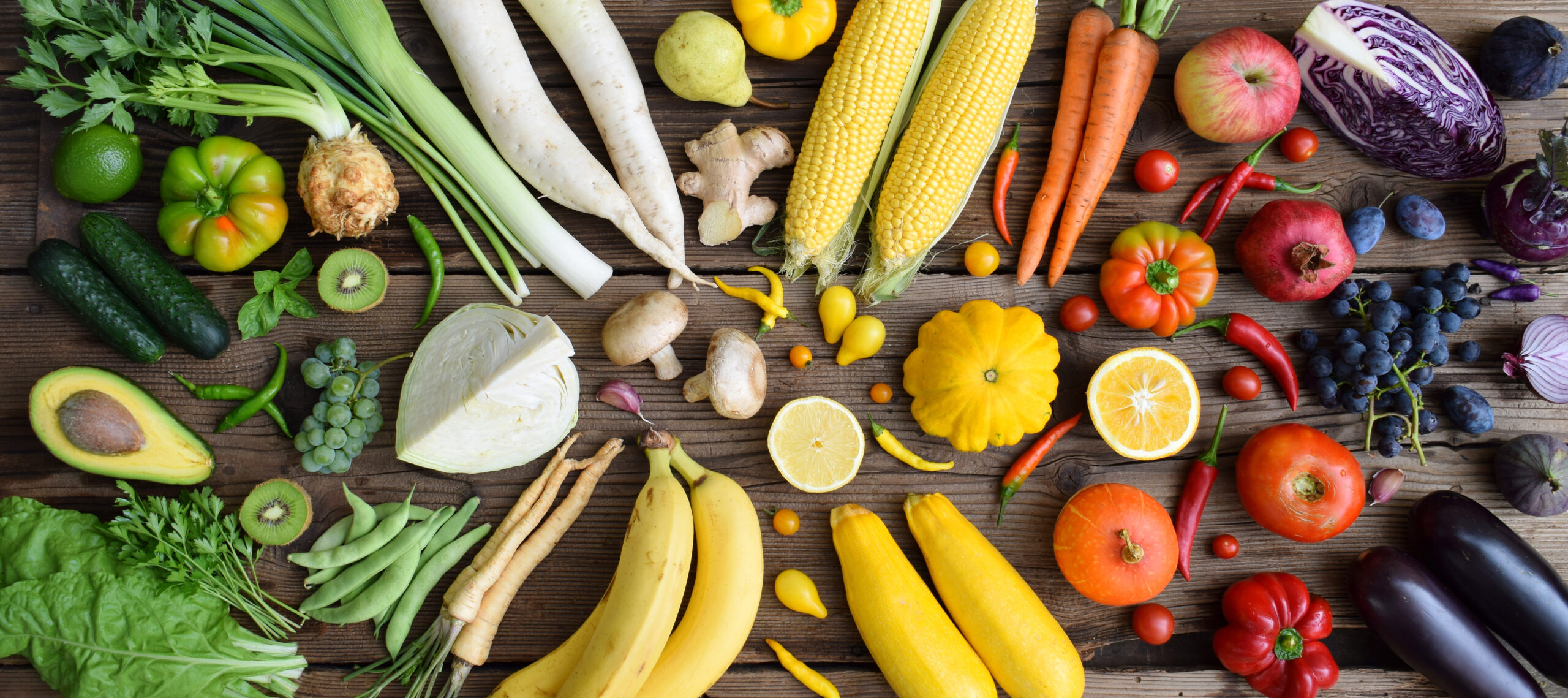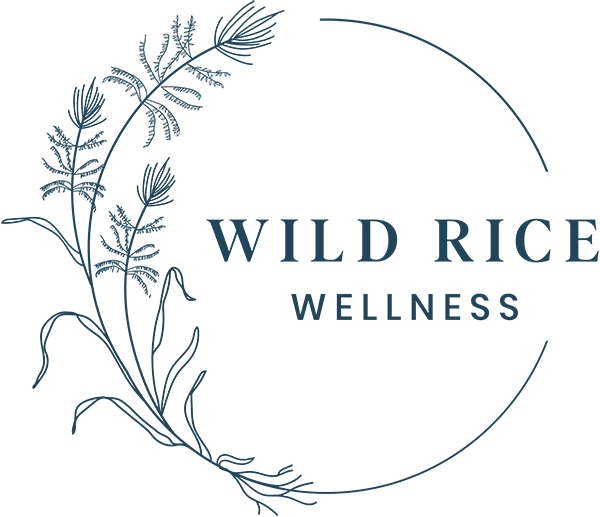
Eat the Rainbow Challenge!
Join Wild Rice Wellness this week for the Eat the Rainbow Challenge! With St. Patrick’s Day right around the corner it seems there are rainbows every, and what better way to celebrate St. Patrick’s Day and that feeling of Spring in the air than to add more color to the diet. And no I’m not talking Skittles. This week, the Eat the Rainbow Challenge will get you to incorporate the colors of the rainbow into your diet every day. See how many different foods you can incorporate by the end of the week! Try a new recipe, add in some tea, let your kids pick a new fruit at the grocery store! Make it fun and you just might feel good at the same time!
Diversity in our diet is one key to a healthy gut microbiome and overall health (more on gut health here). Different foods offer different phytonutrients that are key to reducing inflammation, oxidation and the negative effects of aging. By incorporating a wide array of colors in the diet, you can ensure you are getting a full spectrum of antioxidants and phytonutrients to promote health and longevity.
Eating what is in season can be a great way to mix up what produce you are consuming (check out this blog on Eating Seasonally). Another great way is to pick one new fruit or vegetable each week to incorporate into the diet and promote diversity. And as far as phytonutrients go, don’t forget about spices and teas which have powerful antioxidants and beneficial properties!
A Rainbow of Phytonutrients
Plants have many different powerful antioxidants and phytonutrients contained within them. Here are some of the best compounds from each color group when you Eat the Rainbow:
Red: Red foods contain high amounts of lycopene, found in tomatoes, grapefruit, and watermelon, which may help to protect against cancers and reduce the risk of heart attacks. They also contain anthocyanins, found in berries, cherries, beets, beans and more. Anthocyanins reduce the risk of cancer as well as offer protection to the brain and heart.
Orange: Beta-carotene is found commonly in orange produce which is turned into Vitamin A in the body. Vitamin A helps to promote eye health, healthy immune function, and is integral in bone and reproductive health. Orange foods also contain bioflavanoids, found in citrus foods, peaches, and pineapples. Bioflavanoids work with Vitamin C to reduce this risk of heart attack, maintain strong bones and teeth, and keep the skin and eyes healthy.
Yellow: Lutein and Zeaxanthin are found in yellow foods. These are both carotenoids and similar to beta-carotene and are good for eye and skin health and help reduce the risk of cardiovascular disease.
Green: One of the most abundant colors of produce, green foods such as the cruciferous vegetables (broccoli, brussels sprouts, kale) contain glucosinolates which are known for their detoxification properties. They also help to reduce the risk of estrogen related cancers. Phytosterols are another compound found in green plants, which look like cholesterol and help to block the absorption of cholesterol from food in the gut.
Blue/purple/black: Resveratrol can be found in these dark pigmented fruits, particularly in the skins of grapes but also in peanuts, cocoa, and blueberries. Resveratrol helps to promote healthy aging, cardiovascular health and reduces inflammation. Another compound found in these dark pigments are anthocyanins, high in blueberries, which have been linked to cognitive health and reduced risk of Alzheimer’s disease.
Tan/white/brown: Not the processed food variety of tan/white foods but plant sources of this color group contain many important phytonutrients, such as, Allicin. Allicin is found in garlic which may help to reduce the risk of cancer and lower blood pressure. Quercitin is a potent flavanol found mostly in onions, and the flesh (white part) of grapes, berries, apples and more. Quercitin may help to protect against heart disease and cancer and also has properties that help to stabilize histamine (released in response to allergies and inflammation).
The further we can move away from the Western Diet (aka “SAD” Standard American Diet) and Ultraprocessed food, the better our health will be and what a great way to do it than to incorporate a variety of colorful foods and use this Eat the Rainbow Challenge as springboard to eating more diversity on a daily basis. Naturally, the more good things we incorporate, the less room there is for the lower nutrition, processed foods. I’m looking forward to summer and more local, delicious produce available!!!
Follow me over on Instagram for more tips and tricks to adding more color to the diet for the Eat the Rainbow Challenge!
